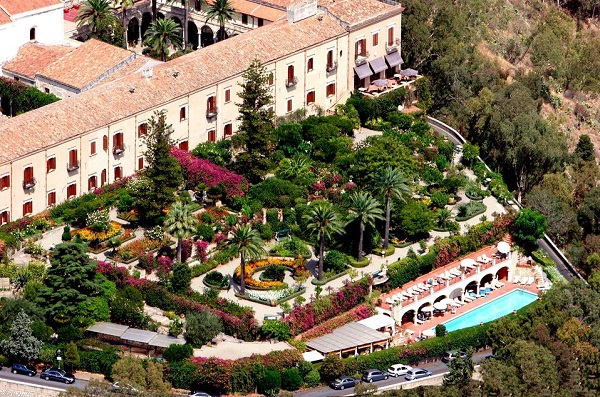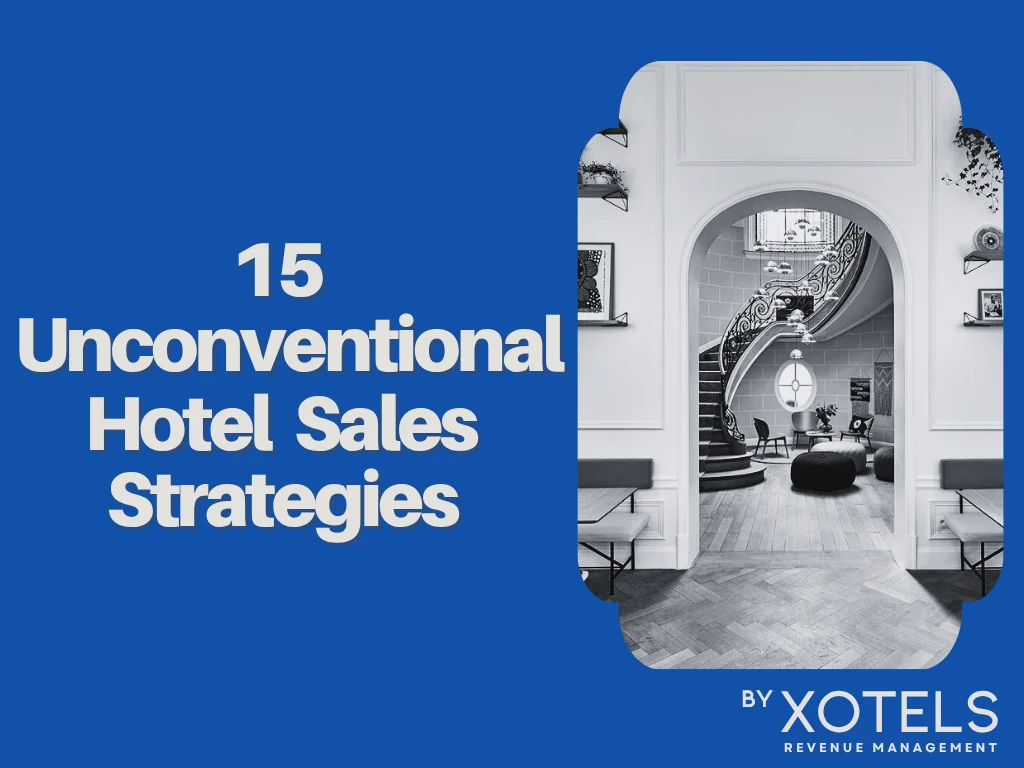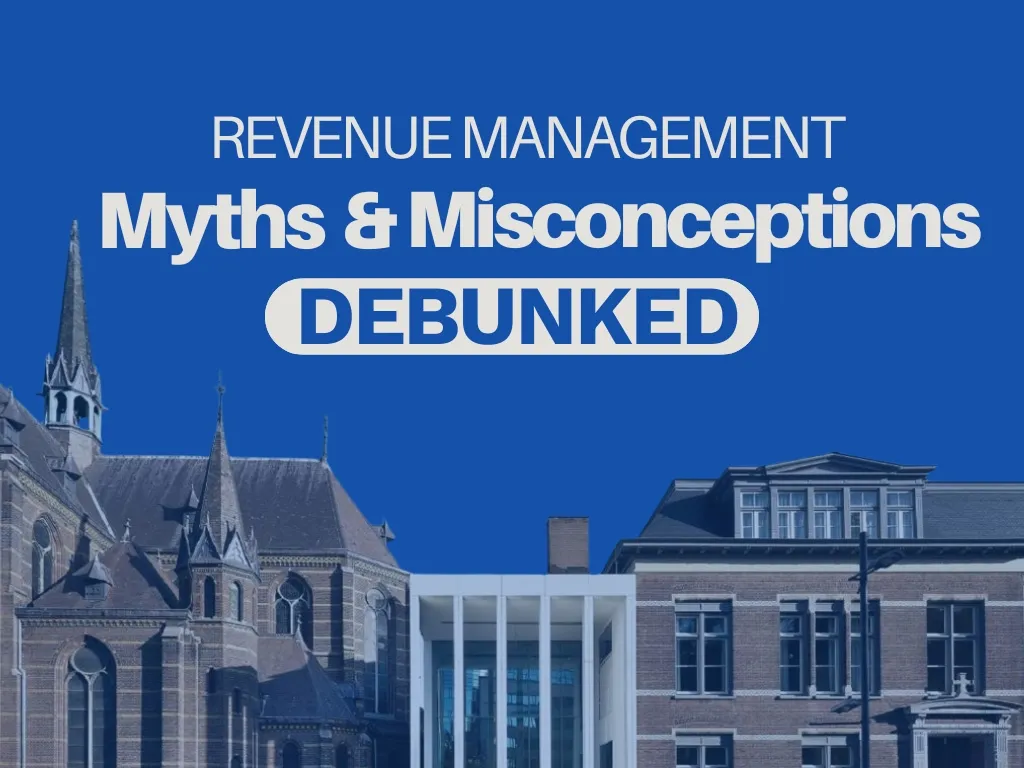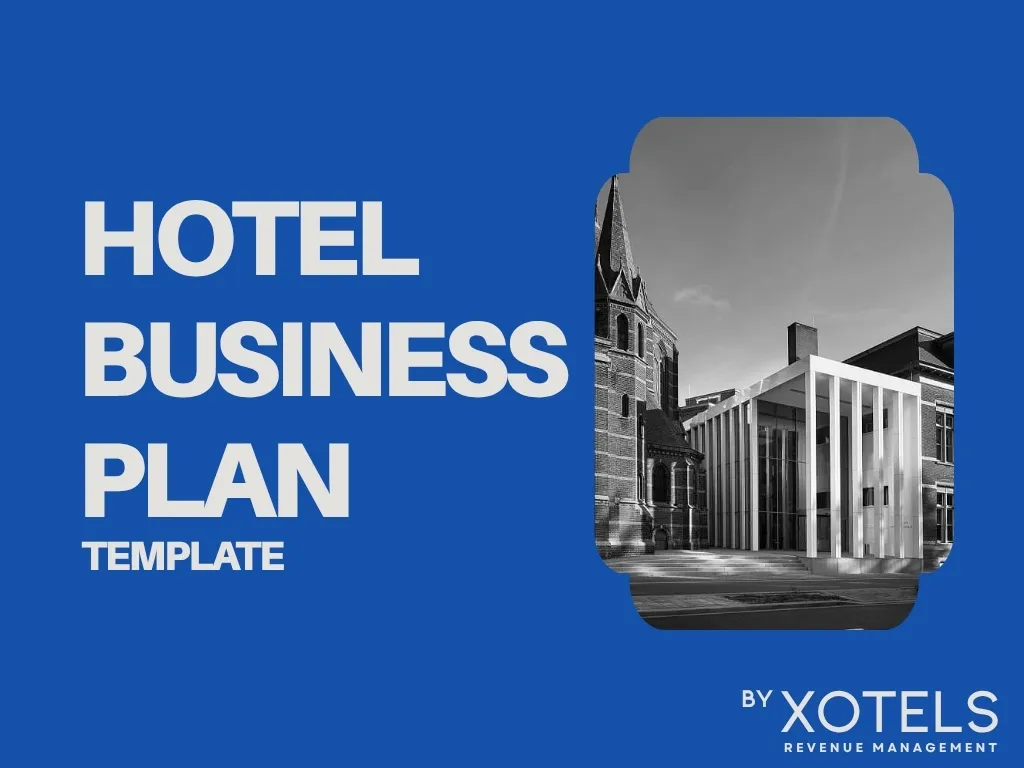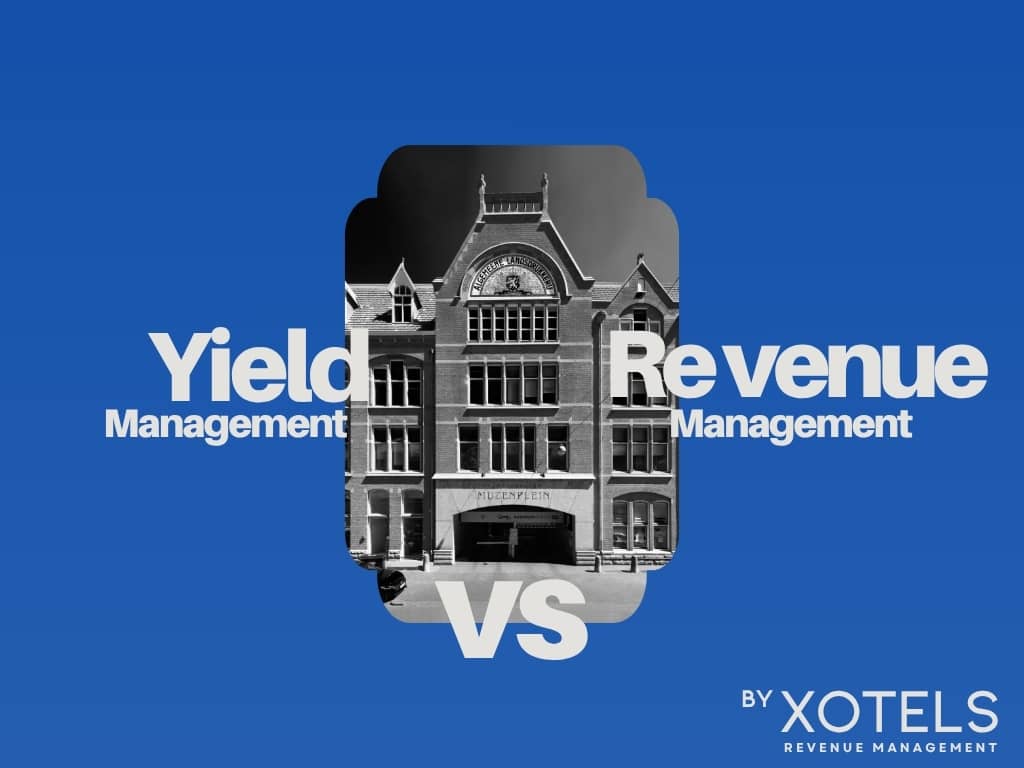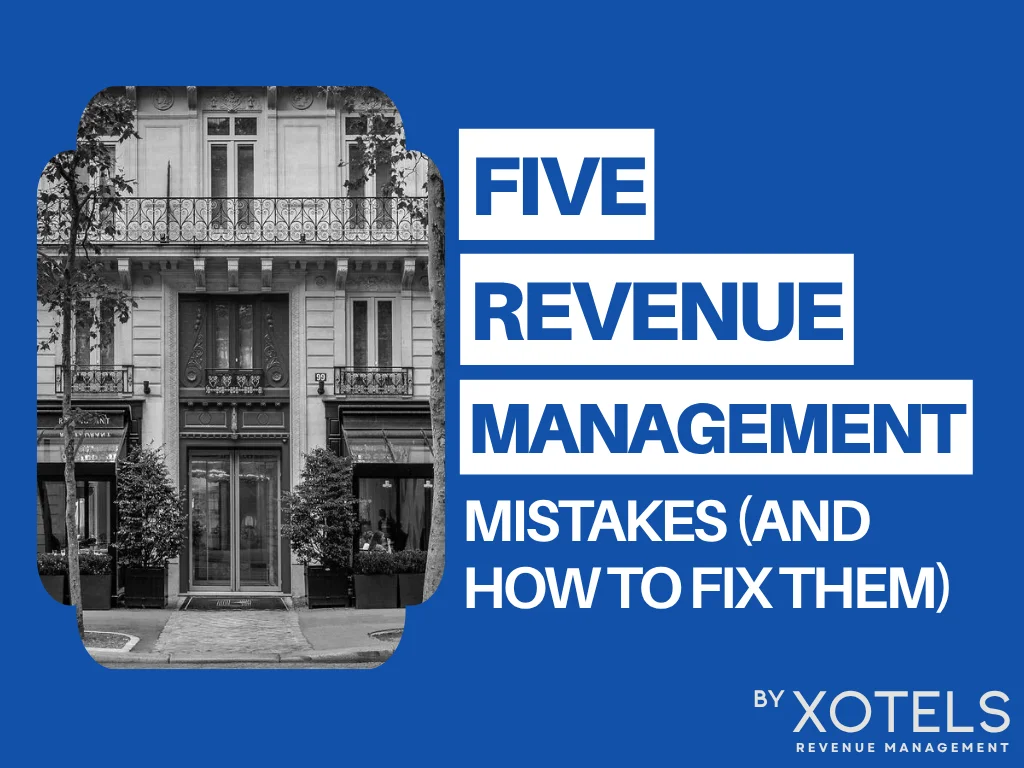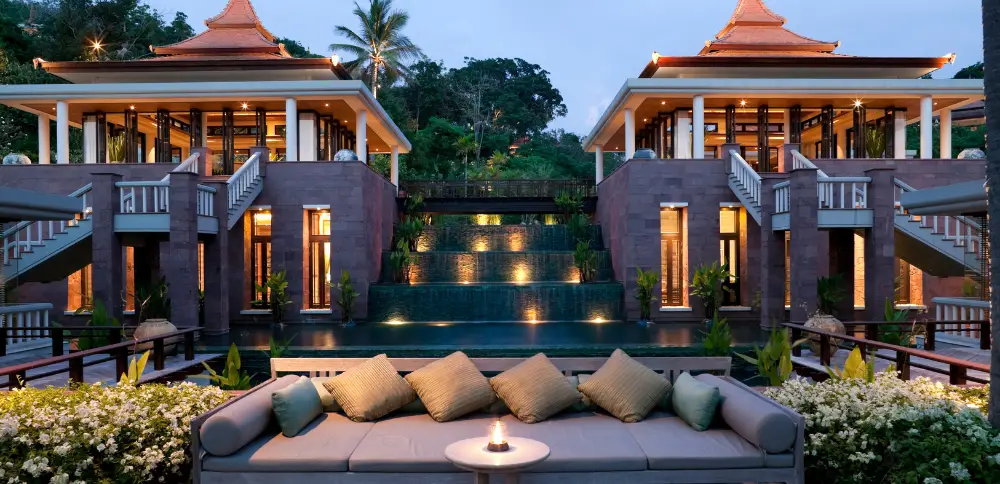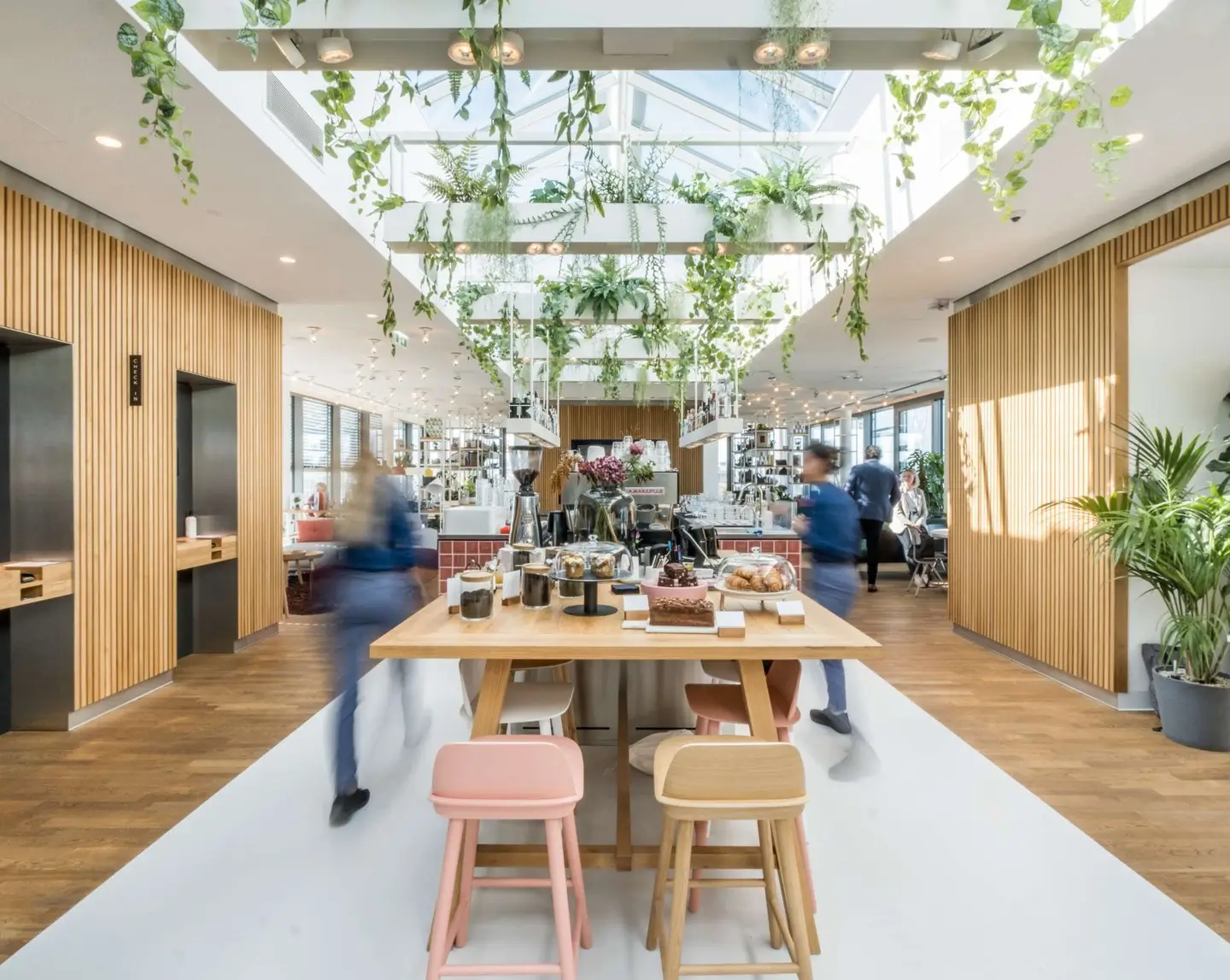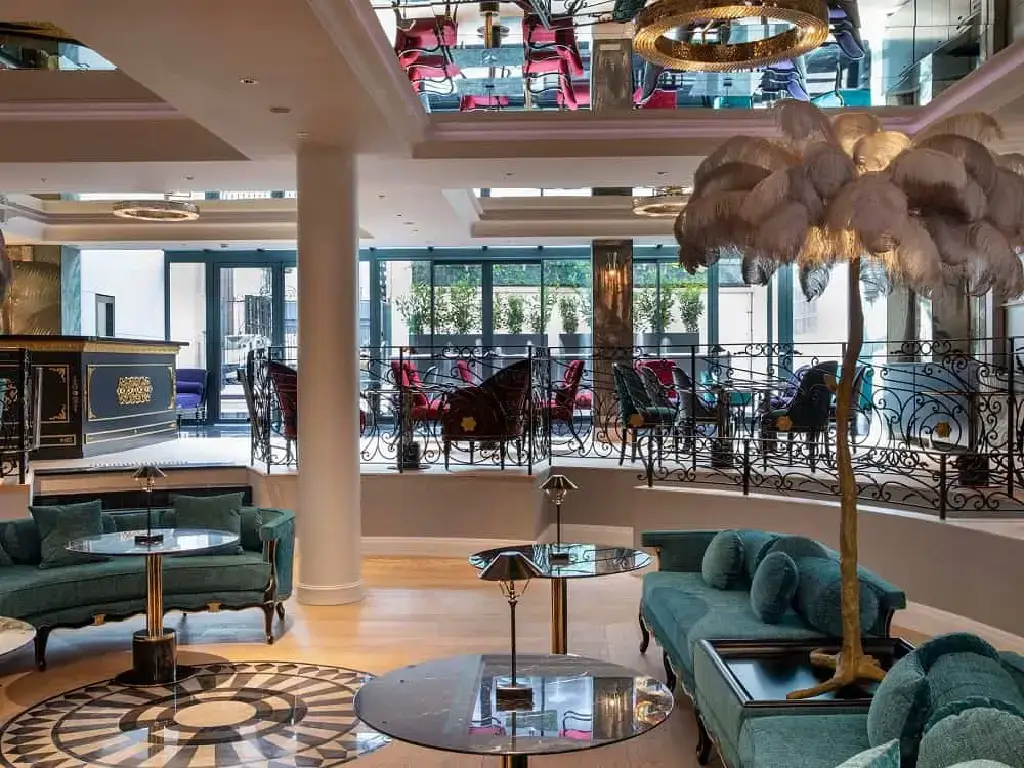2018 Revenue Management Challenges & Checklist for Hotels and Resorts
OK, so last year we sold 1.836.117 rooms at Xotels. Not bad. To be honest I am even impressed by these kind of numbers myself. But how did our team of hotel strategy experts maximize revenue and profit for these? We have put together 4 hotel revenue management and marketing challenges, with their case studies and checklists highlighting our best practices and proven techniques.
Case Studies for Hotels & Resorts:
Revenue Management Case Study 1: Hotel Qbic Amsterdam WTC
1. Profile of the hotel:
Modern Budget city property with very high occupancy (94%-95% every year.) The hotel is located in the business district called the South Acis, inside the World Trade Center. It is a real hub in the city. The property has a podstyle hotel with cool and functional design, located inside an office building.
2. The Revenue Management challenges:
Xotels has been running this property since 2010. After 8 years of successful performance the revenue management challenge of this hotel case study is to keep growing the generated revenue. And with occupancies always in the mid 90%, ARR increase is the only way to go … Ah yeah and of course to replace OTA business with Direct bookings.
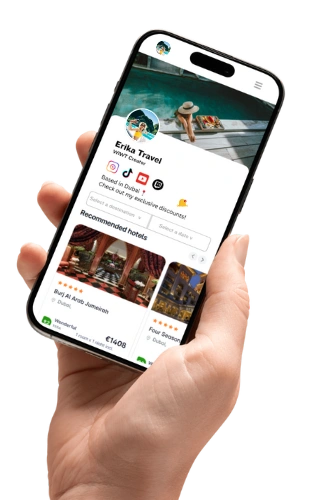

SELL MORE HOTEL ROOMS
SELL MORE HOTEL ROOMS
via the WIWT Affiliate Network.
via the WIWT Affiliate Network.
3. Revenue Management Strategies proposed and implemented by Xotels:
- Better inventory management:
- Revising room-type supplements
- Overbooking room-types strategically in low demand periods
- Restrictions on OTAs on MLOS and room categories on high demand periods
- Inventory micro-management to optimize conversion on stay through availability
- Group quotations:
- Increasing conversion levels for low / mid demand periods with competitive offers
- Driving ARR for high demand periods
- Website growth techniques:
- Trademark protection
- Meta-search with a strategic selective approach, favoring high value stays over blanket volume bidding
- Conversion stimulation via persuasive pop-ups
- Subscription based discount and promotional codes prominently positioned on website
- Post stay emailing to gain loyalty and improve reputation score
- Focus on Best Price Guarantee on website and in Booking funnel
- Fixed corporate rates to used to drive demand on low season
- Yield opportunities, driving ADR on weekends and special events with a longer lead time
- Deeper and better analysis of segmentation and booking pace, micro managing yielding for a 13 month window
4. The results: Revenue Management KPI’s to measure the success of the hotel
After having this hotel at our Revenue Management portfolio for many years, and as result of the revenue management strategies implemented, the KPIs are as follows:
- RevPAR: 30% increase on the last 3 years
- Net RevPAR: 32.3% increase on the last 3 years
Revenue Management Case Study 2: San Domenico Palace Hotel *****
1. Profile of the hotel:
A 5 star Leading Hotel of the World, set in an ancient Dominican monastery on the cliffs of Taormina, Sicily. The prestigious and luxury hotel features a 2 star Michelin restaurant and attracts a note worthy high end clientele. The G7 was also hosted by the hotel this year.
2. The Revenue Management challenges:
Xotels started running strategies for this seasonal property as of January 2017. The hotel was suffering over-production of lower priced segments and distribution partners.
3. Revenue Management Actions proposed and implemented by Xotels:
- Strategic restrictions across selected distribution channels:
- Limiting production of lower rated tour operator contracts
- Freeing up inventory across all room categories to sell via premium travel agents
- Changing price positioning from a seasonal approach to a daily yield grid
- Repricing of room supplements, based on daily demand patterns (dynamic supplements)
- Micro-management of inventory:
- Managing room type availability at a per segment and per channel basis, based on daily revenue potential
- Opening up lower room types to a wider distribution spectrum
- Using room type availability management as a dynamic yield tool over simply selling physical room product
4. The results: Revenue Management KPI’s to measure the success of the hotel
The results we achieved at this resort hotel speak for itself:
Revenue Management Case Study 3: Hotel GRUMS Barcelona
1. Profile of the hotel:
Modern 78 room Boutique hotel in Barcelona, at a central location near the old port and cruise terminal. Guests say in their reviews this hotel has some of the best beds in Barcelona to sleep in!
2. The Revenue Management challenges:
When we took the revenue management of this hotel in 2013 the hotel was positioned as another generic hotel with no clear differentiation versus the multitude of competitors in the market. The property had been commoditized by 3rd party distribution channels.
3. Revenue Management Strategies proposed and implemented by Xotels:
- Defining a more clear positioning of the values of the hotel:
- The hotel was positioned as an independent boutique hotel
- A focus was added incorporating the guest review feedback about the amazing beds
- Resegmenting room types:
- Creating categories that offer a clear value proposition
- A multitude of room types with small supplements allowing for easy self-upselling by guests
- Creating yield levers beyond rate management
- Targeting different client niche target markets:
- Launching several dedicated SEO landing pages on the hotel website, targeting different client profiles
- Personalizing room product descriptions to match the needs of the various target markets
- Website growth techniques:
- Trademark protection
- Meta-search with a strategic selective approach, favoring high value stays over blanket volume bidding
- Conversion stimulation via persuasive pop-ups
- Subscription based discount and promotional codes prominently positioned on website
- Post stay emails to increase loyalty and online reputation
- Focus on Best Price Guarantee on website and in Booking funnel
- Differentiated yield and distribution strategy:
- Uncoupling supplements of room types of single / double occupancy from higher occupancy room types
- Analyzing lead time per room category and adjusting pricing strategy individually
- Discrimination of 3rd party channels favoring direct sales over high demand periods, by differentiating room type availability and MLOS restrictions
- Close monitoring of competitor activity, identifying their strategic weaknesses and taking advantage
4. The results: Revenue Management KPI’s to measure the success of the hotel
Again I am excited to share the results with you:
- 2016: +10% RevPAR increase 2016 versus 2015
- 2017: in May, June and August 2017 the revenue was 25% higher that in 2016
(unfortunately politics in Barcelona has put the market under pressure since then, but we are holding a top spot in RGI performance)
Revenue Management Case Study 4: Es Molí
1. Profile of the resort:
A luxury 4 star summer resort hotel, located on the cliffs of Tramuntana coast of Mallorca, in the picturesque village of Deia. The rooms of this boutique resort offer amazing views over the crystal blue water of the Mediterranean sea.
2. The Revenue Management challenges:
This property used to sell the resort hotel via traditional tour operators mainly. And clientele target market was limited to an older age group from only a few countries.
3. Revenue Management Strategies proposed and implemented by Xotels:
- Expand global distribution reach:
- By adding a broader mix of distribution channels, both online and offline, a wider range of target markets could be reached
- Pre and post season promotional campaigns were used to expand brand exposure
- Revamping of pricing grids:
- A fully dynamic rate strategy was implemented, moving away from a seasonal structure
- Rates were now manage fully flexible on a daily basis based on demand curves, pace and revenue potential
- Room categories readjustment:
- Producing a clear value proposition
- Creating additional yield leverage tools
- Inventory micro management:
- Artificially yielding on tour operator fix contract pricing through room type availability management
- Room type availability discrimination on 3rd party channels to stimulate direct sales
- Website growth techniques:
- Trademark protection
- Meta-search with a strategic selective approach, favoring high value stays over blanket volume bidding
- Conversion stimulation via persuasive pop-ups
- Subscription based discount and promotional codes prominently positioned on website
- Post stay emails to increase loyalty and online reputation
- Focus on Best Price Guarantee on website and in Booking funnel
4. The results: Revenue Management KPI’s to measure the success of the hotel
Yes, it works like a charm the best practices we have developed for seasonal resort hotels. Just check out these results:
- Since 2010 the occupancy has been increased +23%, the ARR +27%, and the revenue +93%, meaning +1.973.213€
- Profitability increased with even higher % due to a shift in segment production. Take a look at the change in business mix from 2010 versus 2017:
| 2010 | 2017 | ||
| Direct | 41% | Direct | 48% |
| Online | 9% | Online | 32% |
| TTOO | 50% | TOO | 17% |
| Travel Agencies | 1% | ||
| Groups | 2% |
The Final Word
It is always exciting to see the results we are achieving in our hotels. Even for after 12 years it remains a fun challenge identifying the revenue potential and turning a property around.
I hope these case studies provide you with a checklist on hotel revenue management and online marketing action steps to implement. And if you need some more marketing tips, check out our Hotel Marketing Plan.
To find your opportunity for growth, you have to take a step back and look at your business objectively without any preconceptions. Once you have identified weaknesses, it takes rolling up sleeves and getting into the details. A methodical and structured approach is key.
And remember, no matter how good your financial performance is already… there is always room for improvement.
Uncover the hidden revenue potential of your hotel
or resort.
More Free Resources
Popular Posts
Blog Categories
Share This Story, Choose Your Platform!

About the Author:
As CEO and Founder of XOTELS, Patrick Landman has made it his mission to turn hotels and resorts into local market leaders. XOTELS´ diverse expertise and deep-knowledge across revenue management consulting, hotel management, and hotel consulting, enables us to drive results for independent boutique hotels, luxury resorts, and innovative lodging concepts. Below you will find opinion articles written by Patrick Landman.




